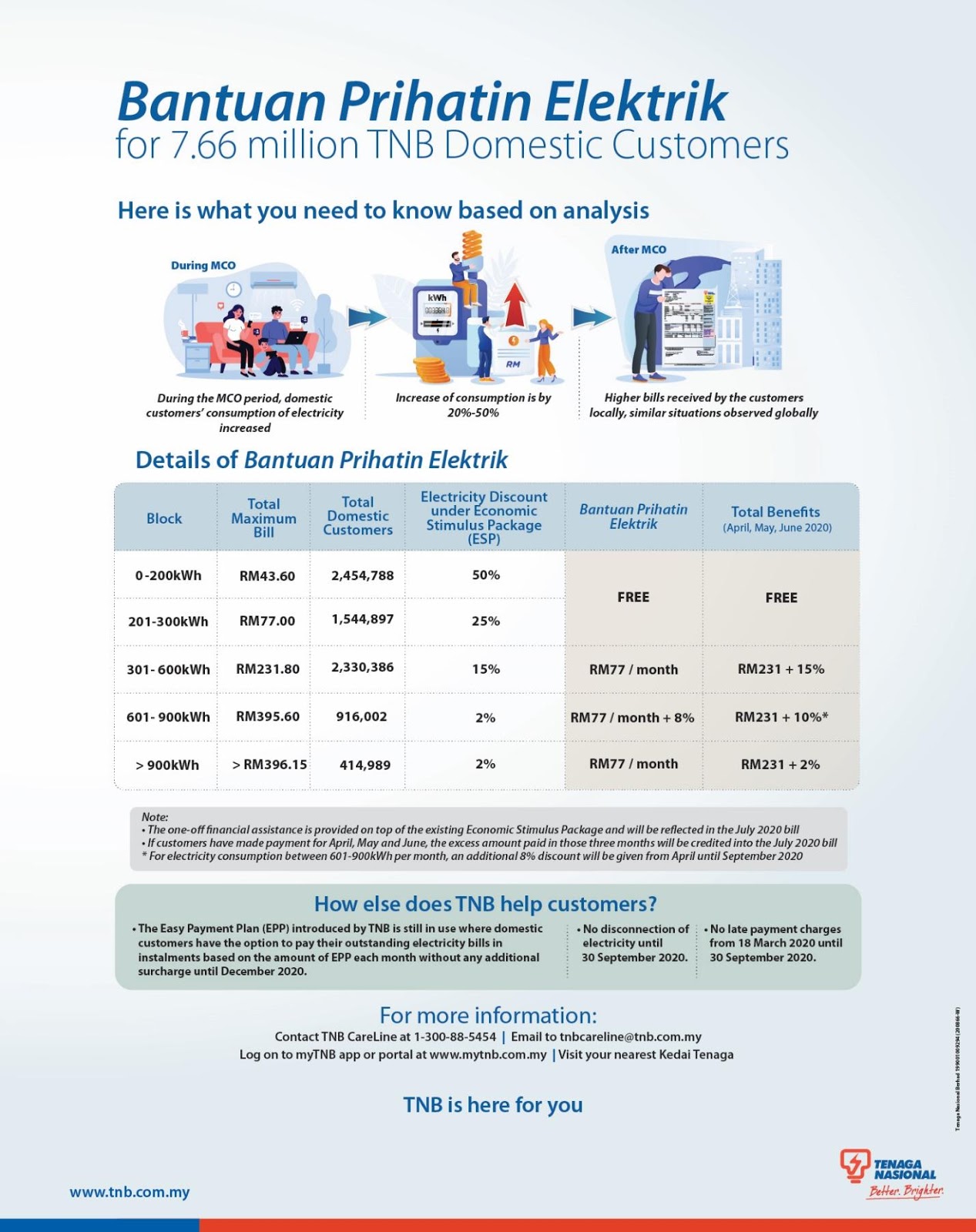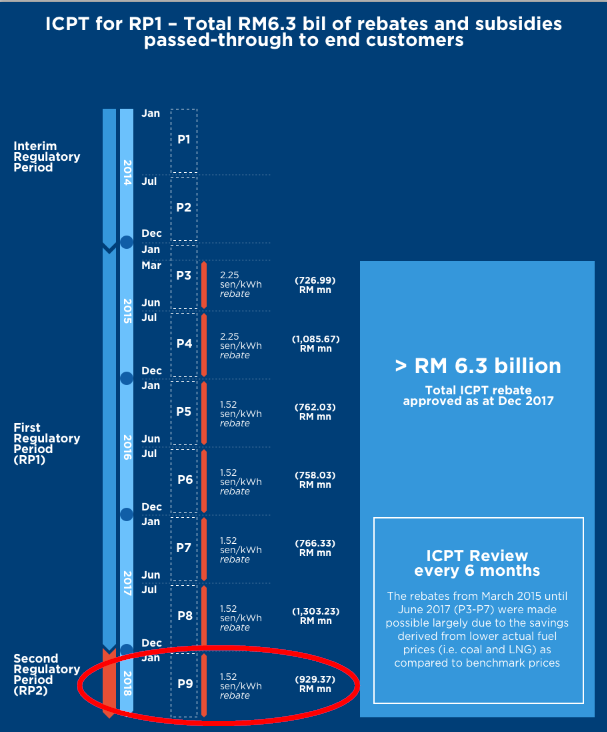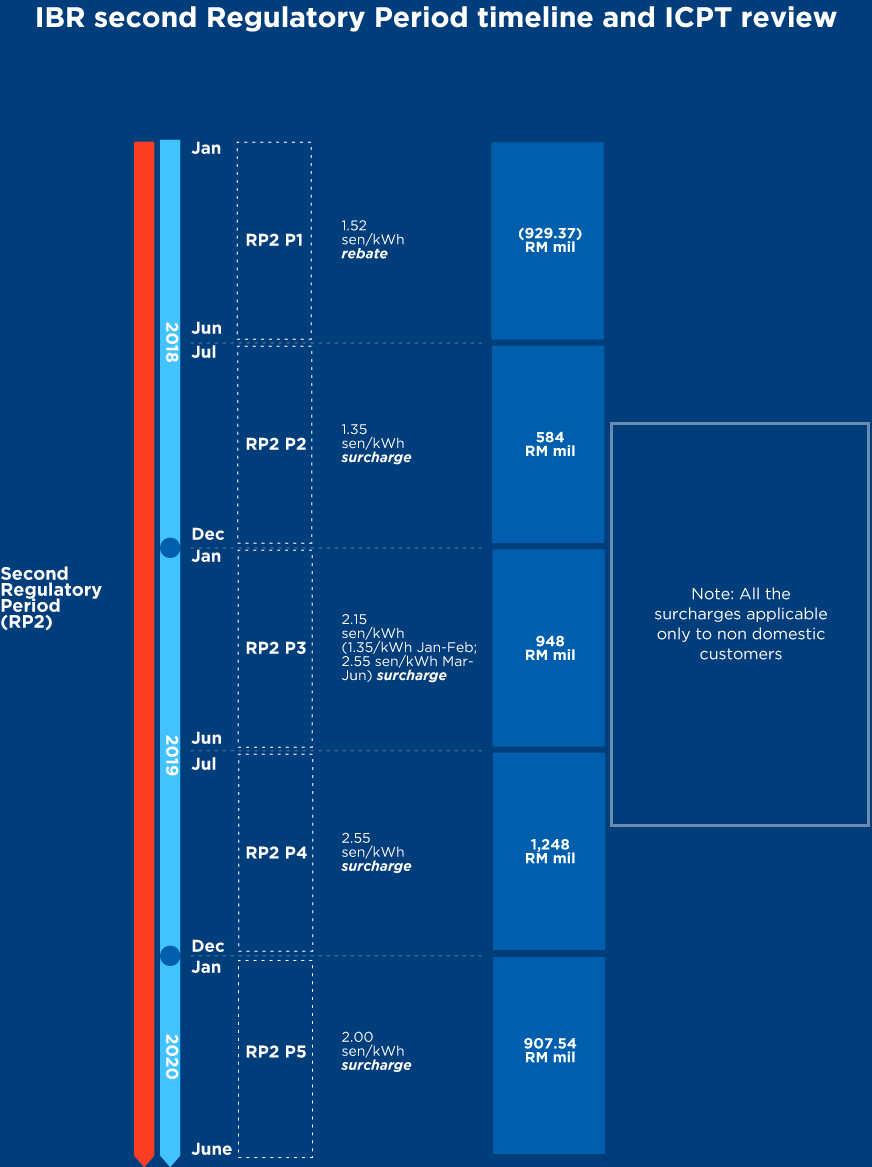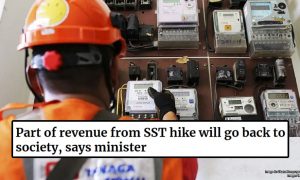Here’s where the Bantuan Prihatin Elektrik money actually comes from
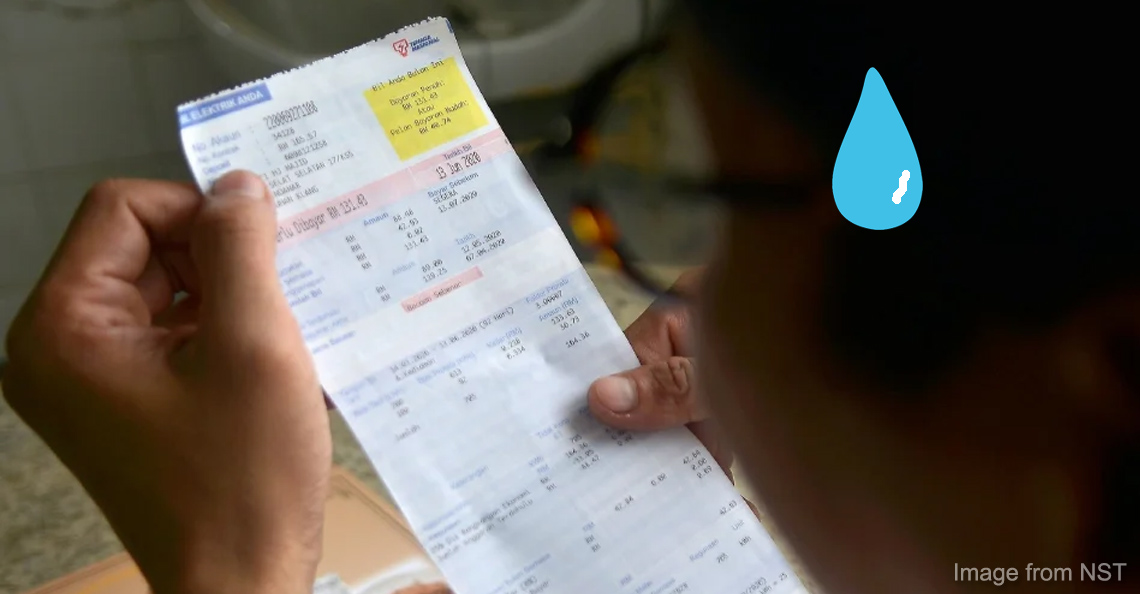
- 1.3KShares
- Facebook1.2K
- Twitter3
- LinkedIn6
- Email13
- WhatsApp59
The recent spike in electricity bills has caused many, maaaannnnyyyyy Malaysians to be angy upset with Tenaga Nasional Berhad (TNB). In response, the Energy and Natural Resources Minister Shamsul Anuar Nasarah has announced that Malaysians would be getting discounts in their electricity bills. It will benefit almost everyone (some 7.66 million of us) depending on how much our household uses electricity.
Well, we say almost everyone because, at the time of writing, there’s still no word if the discount will extend to cover Sabah and Sarawak too. #sorrygais
Going back to the electric bill discounts, it is not exactly a new initiative by the govt. The govt has previously implemented the Prihatin discount for April 2020 to September 2020. But this time around the Bantuan Prihatin Elektrik (BPE) is an additional assistance provided to customers due to the sudden spike in electricity bills during the MCO.
When we say additional, we meant that the govt has added an additional RM942 million for BPE. This would mean that, at the time of writing, the govt has placed a total of RM2.2 billion to help the rakyat pay electricity bills.
And, according to Shamsul, the money is sourced from TNB, the Finance Ministry and a fund called Kumpulan Wang Industri Elektrik (KWIE). If KWIE rings a bell, that’s probably you’ve came across an online conversation between former Prime Minister, Najib Razak and former Energy Minister, Yeo Bee Yin on the source of KWIE.

The online conversation that we’re talking about. Screenshot from Najib Razak and Yeo Bee Yin’s Facebook
So it got us wondering… where does KWIE get its money from? Well, as it turns out…
KWIE is somewhat funded by the rakyat
Before you come to us with your ‘Duh, ofcos CILISOS. Where else would KWIE get its money from?? 🙄’, allow us to explain more about this.
See, managing the country’s electricity is somewhat similar to managing petrol. Similarly to how the price of petrol depends on the global oil price, the price of electricity also relies on the global price of coal, natural gas and fuel.
Just in case you don’t know, the electricity in Malaysia is generated by burning limited fossil fuel resources like coal. You can watch how electricity is generated from this video by TNB here:
And because the global price of coal and fuel tends to change every now and then, the govt came up with a framework to stimulate the country’s energy sector known as the Incentive Based Regulation (IBR). This framework allows power energy companies like TNB to adapt to the changing global market by reflecting the costs of supplying electricity accurately.
Under IBR, there’s this thing called Base Tariff which includes all fixed overhead and operational costs (read: cost that keeps TNB running) besides costs to purchase fuel and generate electricity from the fuel. This cost is reviewed every three years by the govt based on the electricity supply costs and predictions of future electricity supply costs.
Now here’s where the problem comes. Since this cost is what keeps TNB running, customers would have NO choice but to pay whatever amount of money that was charged to them. Wait does this mean if TNB charges us more than it should, we have to pay more as well??
Well, this won’t happen under the IBR la because there is a mechanism called the Imbalance Cost Pass-Through (ICPT) that would somewhat save the day. We say somewhat because ICPT, which is reviewed every six months, works in two ways:
- Rebate: this happens when the fuel prices dip lower than the forecasted amount
- Surcharge: this happens when the fuel prices spike higher than the forecasted amount
It is worth noting that the surcharge is normally passed to non-domestic customers (businesses and industries) while residential customers (the rest of us) are normally subsidised by TNB through KWIE. Oh, and it’s also important to note that those with bills worth RM77 per month (or usage of 300kWh) are normally not included in the ICPT. So, they’re not really affected by this tho they have a different kinda financial aid for that but that’s a story for another day.
But where does the money from KWIE come from? Apparently, all those extra money collected by TNB would be kept in KWIE, a fund that was set to help customers pay any surcharge from ICPT and to help customers during trying times (yes, like now).
The fund, which is managed by the Energy Commission, was started in 2014 (during Najib’s time) based on the amendment made to the Electricity Supply Act 1990. The amendment also states the four sources of the fund.
Seeing how our electricity bills have been seeing a sudden spike recently, although some of our lifestyles didn’t change much pre- and during the MCO, we can’t help but to wonder if this has anything to do with ICPT. We contacted the Energy Commission to get more info on this but they have yet to respond. :\
Speaking of which, Najib also claimed that the previous Harapan govt took away the rebate from the rakyat and has apparently been unnecessarily charging the rakyat more for electricity to raise money in the KWIE fund. We decided to check his claim and apparently…
Najib might be right. Rakyat stopped receiving rebates since 2018 🙁
As it turns out, Najib’s claims about how the Harapan govt took away rebate from the rakyat may be true after all considering how the last rebate was given in June 2018. This is also admitted by former Energy Minister, Yeo Bee Yin, in one of her Facebook comments to Najib.
In fact, we came across a chart of ICPT rebates that the rakyat have been enjoying so far…
Besides removing the rebate in 2018 (the last rebate was circled in the chart above), TNB also started passing surcharges to customers starting from January 2018. This happened because the global price of coal and gas increased since 2017, exceeding the forecasted amount and impacting the adjustment of ICPT.
Najib actually pointed out in his Facebook post that while his govt was the one who introduced the surcharge in January 2018, it was the Harapan govt that increased the surcharge to a whopping 2.55 sen/kWh (from the previous 1.35 sen/kWh).
We decided to make a quick check and found out that while the increase in surcharge did happen, it may not be a direct jump from 1.35 sen/kWh to 2.55 sen/kWh la. You can take a look at the chart here:
In 2018, the govt allowed TNB to continue with the surcharges implemented on businesses. And due to higher fuel and generation cost in the second half of 2018, TNB had to bear an additional cost of RM1.82 billion.
“This is mainly due to the increase in average coal price to US$97.835 per tonne compared with the projected coal price set in the base tariff for regulatory period 2 (RP2) from 2018 to 2020, which is at US$75 per tonne.” – TNB stated, excerpt from The Edge Markets.
The surcharge was then divided as such:
- Residential customers: RM308 million surcharge that is funded by KWIE
- Businesses: RM1.5 million surcharge
However, TNB didn’t quite leave businesses to pay the whole RM1.5 million worth of surcharge la. As it turns out, TNB adjusted its cost and revenue for 2018 to fund some RM564 million surcharge for businesses. Businesses were only required to pay the remaining RM948 million through a staggered ICPT surcharge (aka the 2.15 sen/kWh that we see in the chart). The 2.55 sen/kWh surcharge was only implemented afterwards.
But even so, Najib claimed that this may be unnecessary because the global price of coal and gas eventually decreased since 2018.
This may be true considering how there have been reports stating that the price of coal has decreased since April 2018. But we also find reports and studies claiming that the biggest drop in the price of coal is in 2019. Wall Street Journal cited the fall in demand for power and steel as the cause for the decrease in the price of coal.
Well, this may be why the Harapan govt also decided to reduce the surcharge passed to customers for the period of January 2020 to June 2020. The surcharge that businesses are currently paying is 2.00 sen/kWh. TNB in its statement also mentioned that any excess money from ICPT would be funded to customers via KWIE.
While this may seem helpful to customers like all of us…
The KWIE fund was expected to be fully utilised by the first half of 2020 but…
Besides helping residential customers out with paying surcharges on regular days, KWIE was also set up to help us during trying times like this. And it’s actually pretty odd how the govt could come up with BPE considering how some experts like Kenanga Research kinda expected the fund to be exhausted in the first half of 2020.
“With the fund forking out RM308mil and RM107mil in subsidies in 1H19 and 2H19, and taking into account the RM760mil balance funds last July, the research house said the KWIE fund is likely to be at about RM345mil by the end of the year.” – An excerpt from The Star.
However, we also found out that analysts have been saying this since 2018 when the surcharge was still at 2.55 sen/kWh.
“The fund is running out soon, probably next year (2019). This may affect the domestic consumers.” – Two unnamed analysts told NST.
But this may not be the case la, at least, according to the KWIE financial statement. In fact, TNB in its 2019 statement claimed that RM774 million from TNB’s revenue adjustment was transferred to KWIE so that might mean that there is still enough money in the fund.
And, at the time of writing, it seems as though the fund is still doing quite alright considering the amount of money that was recently added to the Bantuan Prihatin Elektrik scheme.
- 1.3KShares
- Facebook1.2K
- Twitter3
- LinkedIn6
- Email13
- WhatsApp59

